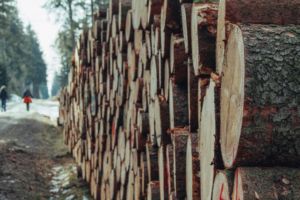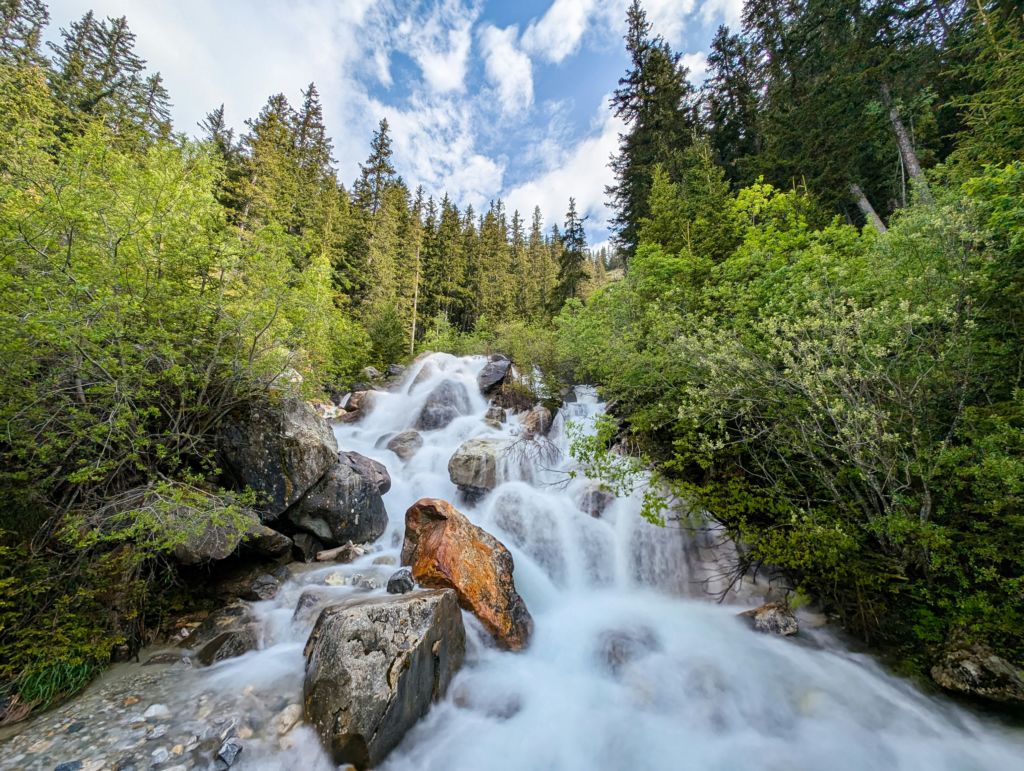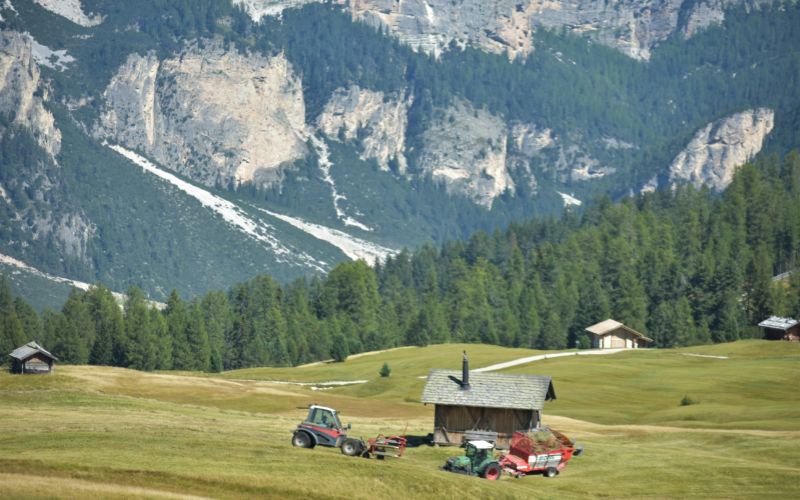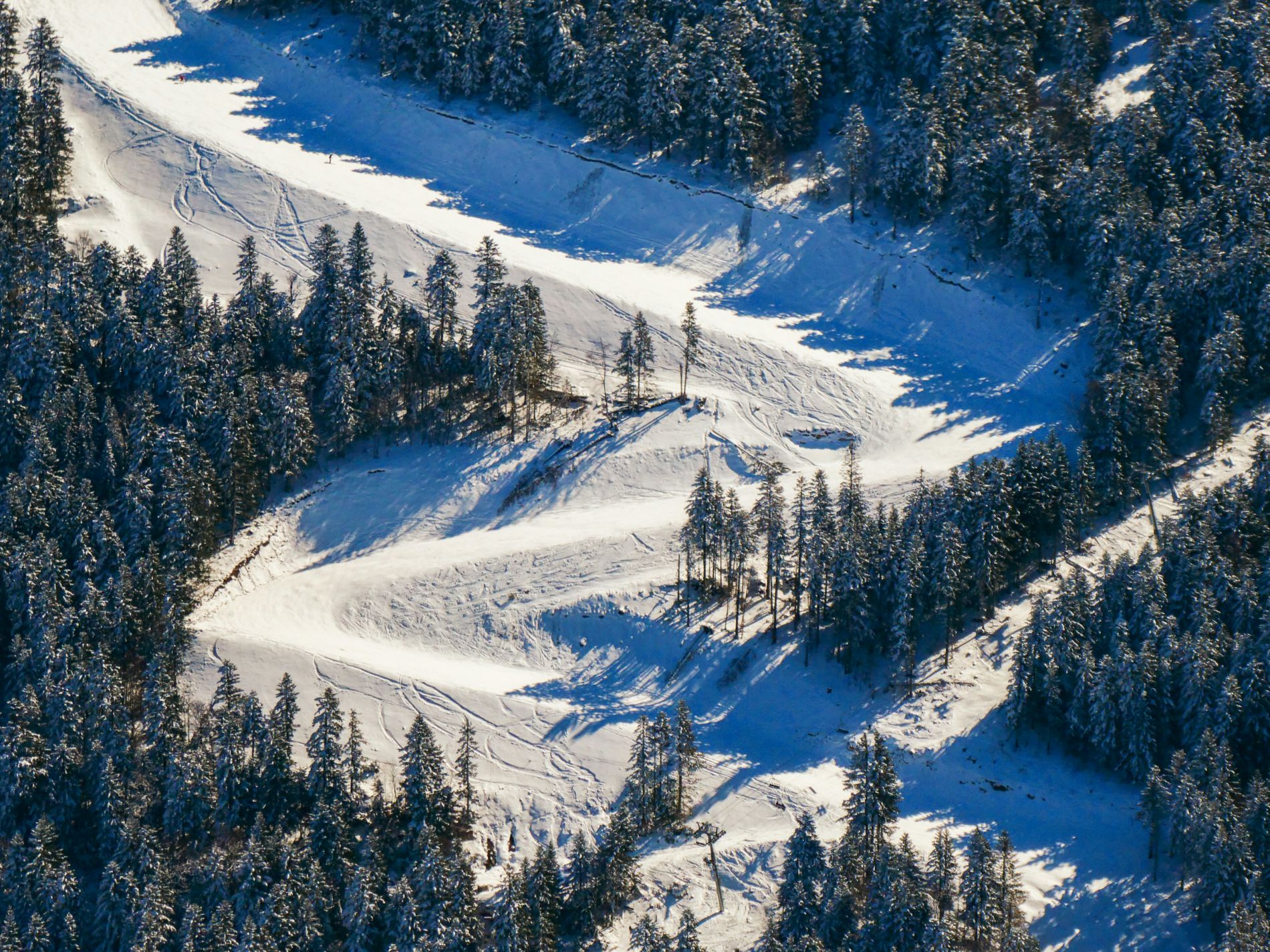Sustainable forest management has a key role to play in shaping the future for mountain towns and communities. In an effort to address the challenges of global warming, soil erosion and the ever increasing number of tourists, forests are gaining recognition as a strategic asset for maintaining balance across the mountain ranges. Working closely alongside France’s national forestry office (ONF), local authorities and the timber sector, mountain industry professionals are developing innovative approaches to increase their economic appeal, while preserving resources and ensuring greater vitality for local life. Whether owned by the state, the local community or a private party, every park and forest now represents an essential part of the equation for making forested land more resilient.
Environmental challenges: biodiversity, water and climate
Mountain forests are ecosystems boasting significant environmental value. They are home to an exceptional wealth of biodiversity, in addition to protecting the soil and helping regulate water resources. Nature parks, such as the Vanoise National Park, are working with environment officers to minimise the effects that skiing can have on local wildlife. Quiet areas have been created to keep black grouse out of harm’s way, and flight diverters have been fitted to cables to reduce the number of collisions. Several environmental observatories actually help provide a real snapshot of the biodiversity harboured by the forests across the mountains. Check out the article on page 52 of the 2025 edition of Mountain Planet’s Innovation Book.
The local economic role on employment, tourism and the timber industry

@ben-kupke
Whatever the mountain area, forests are much more than a simple environmental resource. Forests also have the capacity to power the local economy. They are key to building and maintaining a thriving timber industry, from felling through to conversion, and sustaining hundreds of local forestry jobs. The ONF is working in partnership with local towns and communities to support efforts aimed at implementing forest management plans designed to improve sustainability in felled areas and regenerate stand structures.
Innovative solutions and measures put into practice
All innovation projects spearheaded in mountain forest areas are focused on tackling climate change and boosting the economy. Forest management practices are getting the modern treatment, but without losing the traditional hands-on approach. Several towns and villages have adopted a forest charter that acts as a guiding light for elected officials, the ONF, forestry companies and associations. The charter sets out the principles for operating, restoring and protecting forests, while ensuring that urban planning policies give due consideration to environmental requirements.
At the same time, the number of reforestation initiatives continues to surge. Once they have carried out the necessary works on their pistes, resorts replant local species that are capable of withstanding the altitude and soil conditions. These operations are aimed at restoring the water balance, strengthening forest biodiversity, and improving slope stability. A prime example is the Grand Massif, which manages a sprawling nature park featuring several thousand hectares of forests according to an integrated forest management plan.
The role played by forestry professionals and local authorities
Forestry professionals, local elected officials and the ONF are working together to guarantee sustainable mountain forests. The ONF supports and guides towns and communities owning forested land by developing felling plans, forest charters and awareness-raising actions. The initiatives build greater cohesion between the timber industry, nature park operators, environmental associations and ski resorts. This shared governance model is conducive to fostering effective forest management practices that respect natural cycles and create jobs over the long term. Training programmes for young forestry workers now include such modules as water management, biodiversity and sustainable hunting, with the aim of maintaining an enduring balance between forest wildlife and plant-life.
Benefits for communities and local life
An effectively managed forest acts like a natural infrastructure with a host of benefits for towns and communities. It shields them against avalanches, regulates water resources, reinforces soil stability, and provides a home for biodiversity. It fuels the local timber industry, encourages efforts to recover wood as a sustainable energy source, and creates qualified jobs in the forestry sector.
At the same time, a well-maintained forest park can enhance a resort’s tourist appeal, thereby increasing visitor footfall during the summer and extending its revenue-generating season. Educational trails and discovery areas in mountain forest parks also help raise greater awareness of environmental issues among visitors. Therefore, sustainable management practices play a role in striking a balance between human activities and natural cycles, which ensures year-round vitality for the community.
Obstacles, challenges and outlook
Despite the headway that has been achieved in improving the sustainability of our forests, several obstacles still stand in the way. Small towns and villages are often hampered in their efforts due to the high costs involved in leading forest projects and maintaining equipment. Local authorities struggle to move forward with some of their policies as a result of qualified labour shortages in the timber industry. Finally, climate change is eroding the foundations that maintain balance in our forests, exacerbating water stress, and contributing to the spread of diseases. These challenges send out a clear signal of the urgent need to reinforce cooperation between the different forestry stakeholders, local authorities and the ONF to drive home a long-lasting change in practices.
Several strategies are available for consolidating sustainable forest management practices.
In addition to reinforcing financing solutions for forest projects, searching for resilient species, supporting the local timber industry and scaling up the use of digital tools for tracking water resources and forests will help anticipate the risks and improve felling performance. Lastly, implementing a forest charter shared by local communities, the ONF and private stakeholders is one of the keys to maintaining a sustainable balance between nature, economic growth and quality of life.

@adrien-stachowiak
Mountain forests today represent a real catalyst for promoting the environmental, social and economic pillars of sustainability. When it comes to building strict and shared forest management practices, every mountain community and every national park is living proof that economic growth can be achieved while improving tourism and protecting the environment. The involvement of the ONF, forestry stakeholders, local authorities and the timber industry has been instrumental in enabling mountain towns and communities to embrace a development model that champions sustainability, biodiversity and effective water management. After all, protecting our forests has the benefit of preserving life and maintaining balance across the mountain ecosystems of tomorrow.
a lire également
Environment

17 September 2024
How Are Mountain Resorts Responding to Climate Change?
Mountain resorts didn’t wait for the Avenir Montagnes Plan to address climate change. They have always taken a proactive stance to preserve their environmental assets. They have strengthened their sustainable ...
Environment

26 May 2025
Organic waste and agriculture in the mountains: a driving force for promoting sustainable tourism
In a bid to reduce the environmental impact caused by the ski tourism industry, energy use and land take, mountain resorts, ski areas, ski professionals and local officials are going ...
Environment

2 September 2024
Summer Activities: What Impact Do They Have on Mountain Ecosystems?
The rise of year-round tourism goes hand in hand with outdoor activities, but these can weaken mountain ecosystems. How are mountain regions tackling these ecological challenges? What eco-friendly practices are ...


